ANDEAN LIVES

ANDEAN LIVES
Gregorio Condori Mamani
and Asunta Quispe Huamn
Ricardo Valderrama Fernndez and
Carmen Escalante Gutirrez, Original Editors

TRANSLATED FROM THE QUECHUA
AND WITH ANNOTATIONS AND
REVISED GLOSSARY
BY
PAUL H. GELLES
AND
GABRIELA MARTNEZ ESCOBAR
INTRODUCTION
BY
PAUL H. GELLES
PHOTOGRAPHS BY
EULOGIO NISHIYAMA

Translation from Ricardo Valderrama Fernndez and Carmen Escalante Gutirrez, eds., Gregorio Condori Mamani: Autobiografa, Edic. Bilinge Quechua-Castellana (Cuzco: Centro de Estudios Rurales Andinos Bartolom de las Casas, 1977).
Copyright 1996 by the University of Texas Press
All rights reserved
Printed in the United States of America
Fourth paperback printing, 2004
Requests for permission to reproduce material from this work should be sent to Permissions, University of Texas Press, Box 7819, Austin, TX 787137819
 The paper used in this publication meets the minimum requirements of American National Standard for Information SciencesPermanence of Paper for
The paper used in this publication meets the minimum requirements of American National Standard for Information SciencesPermanence of Paper for
Printed Library Materials, ANSI Z39.481984.
Library of Congress Cataloging-in-Publication Data
Condori Mamani, Gregorio, 1908
[Gregorio Condori Mamani. English]
Andean lives: Gregorio Condori Mamani and Asunta Quispe Huamn / Ricardo Valderrama Fernndez and Carmen Escalante Gutirrez, original editors; translated from the Quechua and with annotations and revised glossary by Paul H. Gelles and Gabriela Martnez Escobar; introduction by Paul H. Gelles. 1st ed.
p. cm.
Includes bibliographical references and index.
ISBN 0-292-72492-6 (pbk.) ISBN 978-0-292-72492-1
1. Condori Mamani, Gregorio, 1908. 2. Quispe Huamn, Asunta. 3. Quechua IndiansBiography. 4. Quechua IndiansSocial conditions. 5. PoorPeruCuzcoBiography. 6. Cuzco (Peru)Social conditions. I. Gelles, Paul H., 1957 II. Escobar, Gabriela Martnez. III. Title.
F2230.2.K4C66313 1996
985.37004983dc2o 95-32444
We dedicate this work to the people of the Andes and to the hope for a better future.
CONTENTS
Paul H. Gelles
Ricardo Valderrama Fernndez and Carmen Escalante Gutirrez
ONE
BEGINNINGS
TWO
AEROPLANES AND OTHER BEASTS
THREE
MILITARY TRICKS
FOUR
EARTH MOTHER, CROPKEEPER, AND THE THREE BROTHERS
FIVE
THE BARRACKS
SIX
THE ARMY ISNT CHRISTIAN
SEVEN
INKAS AND SPANIARDS
EIGHT
STORIES FROM JAIL
NINE
ROSA, JOSEFA, AND MIRACLE SHRINES
TEN
LIFE WITH ASUNTA
ELEVEN
THE FACTORY
TWELVE
WE STRAPPERS
THIRTEEN
RUNNING AWAY FROM THE HACIENDA
FOURTEEN
EUSEBIO
FIFTEEN
I STOPPED BEARING THAT CROSS
SIXTEEN
LIFE WITH GREGORIO
Paul H. Gelles and Gabriela Martnez Escobar
ACKNOWLEDGMENTS
This translation would not have come about without the kind support of many individuals and institutions. The teachings offered during the National Endowment of the Humanities Summer Institute Recreating the New World Contact: Indigenous Languages and Literatures of Latin America at the University of Texas at Austin in 1989 have proven important to this project. In particular, we would like to thank Margot Beyersdorff, Luis Morato, Dennis Tedlock, George Urioste, and especially Francis Kartunnen and Bruce Mannheim. The Anthropology Department at the University of California at Riverside is another institution that supported this work, for which we are grateful. We would also like to express our appreciation to the many others who have helped this translation through its successive incarnations, including Alicia Arrizn, Phil Boise, Kit and Bev Boise-Cossart, Dante Caissie-Martinez, Diana Carr, Wayne Costigan, Alexis and Brandt Deeds, Steve Gravely, Robbie, Debbie, and Marley Jarvis, Washington La Torre, Pat Lyon, Viviana Martnez, David and Pia Maybury-Lewis, Ellen McLaughlin, Bethany Morrison, Richard Norgaard, Ramona Prez, Craig Spjt, Chris Steiner, Darlene Suarez, Chuck Walker, and Phil Wilke. Thanks are also due to Barbara Cummings and Theresa May at the University of Texas Press for their editorial assistance and many suggestions; they helped shape the present work in important ways. Thanks go as well to Neva Smith, who prepared the index. We are also much obliged to Eulogio Nishiyama, a renowned photographer from Cuzco, who allowed us to use his beautiful photographs, several of which have never before been published. A few individuals have gone far beyond the call of academic duty, friendship, and even kinship in their help with this book. Here we would like to thank our mothers, Marina Escobar Moscoso for her help with some of the Quechua words and Lyn Humphreys for her many useful comments on the manuscript. So, too, the kind suggestions offered by Gene Anderson, Roberto Caldern, Piya Chatterjee, Andrs Chirinos, Michael Kearney, and Jeff Tobin are much appreciated. Frank Salomon critically reviewed part of an earlier version of the translation, and his generous and insightful comments helped improve it. Bart Deans careful read of a later version did the same. Eric Deeds keen eye for detail, his many suggestions, the chronology of events that he mapped out, and his comments on the notes, helped extirpate many errors. Thanks, Eric. The translators would like to send a very special thanks to Soledad Gelles for all of her help and encouragement throughout this long and arduous process. Her abilities with language and the general support she offered us are greatly appreciated. Our final thanks goes to Ricardo and Carmen, the original editors and co-authors of the present text, for their consultations and for being so patient. Translation, as others have noted, is an act of interpretation, and while we acknowledge the support we have received from many people, we accept responsibility for any errors of translation or interpretation.
ANDEAN LIVES
INTRODUCTION
OVERVIEW
In the early 1970s, Gregorio Condori Mamani and Asunta Quispe Huamn developed an enduring friendship with young anthropologists Ricardo Valderrama and Carmen Escalante. The two couples were neighbors in a shanty town, Coripata, on the outskirts of the highland city of Cuzco, Peru. The creation of the narratives that follow grew out of their friendship, and also out of Valderramas ethnographic research on strappersthe burdened-down porters who, like human pack animals, transport goods through the streets of highland cities.
These two testimonial narratives illustrate a wide range of the rural and urban experiences lived by indigenous peoples in the Andean highlands of Peru, Bolivia, and Ecuador. Although their words and life worlds are mediated by the transcription, editing, and translation processes, the narrators nevertheless provide a rare insiders view of Andean history and society, an alternative and complement to histories, ethnographies, and novels about the highlands. Told with stoicism, humor, and anger, Gregorios and Asuntas accounts are vivid testimonies to the beauty and the brutality of everyday life in the Andes.
Gabriela Martnez and I have tried to provide a readable and inviting translation, and the following introductory material is not essential reading. It does, however, supply background information on the history and social context of the narratives, on several concepts and institutions presented therein, and on some of our translation goals and decisions. Supplementary material is provided in the Glossary and notes.
Next page

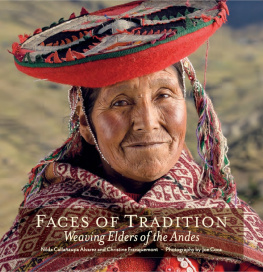
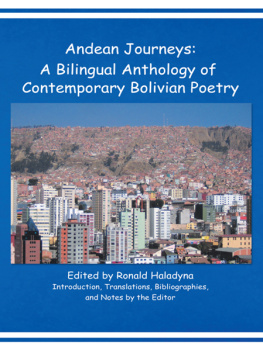
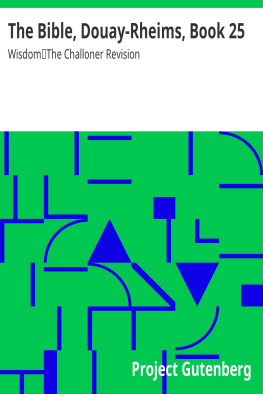
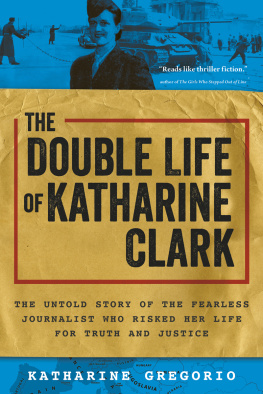
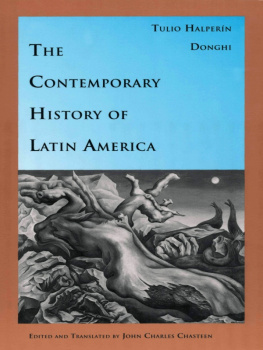
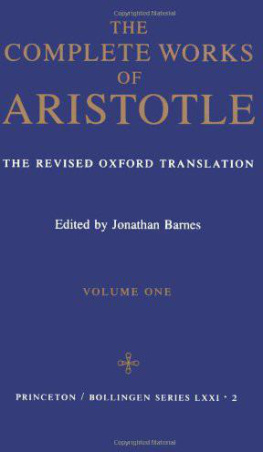
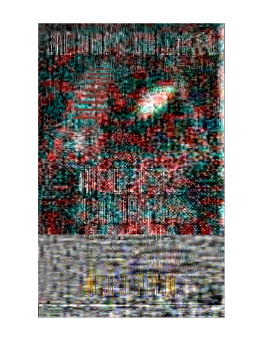
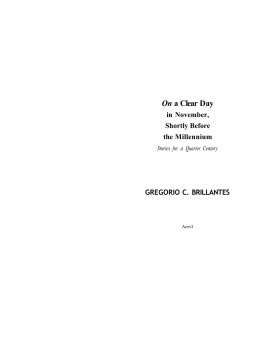
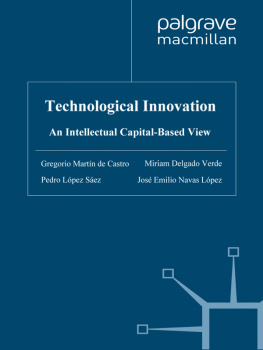



 The paper used in this publication meets the minimum requirements of American National Standard for Information SciencesPermanence of Paper for
The paper used in this publication meets the minimum requirements of American National Standard for Information SciencesPermanence of Paper for